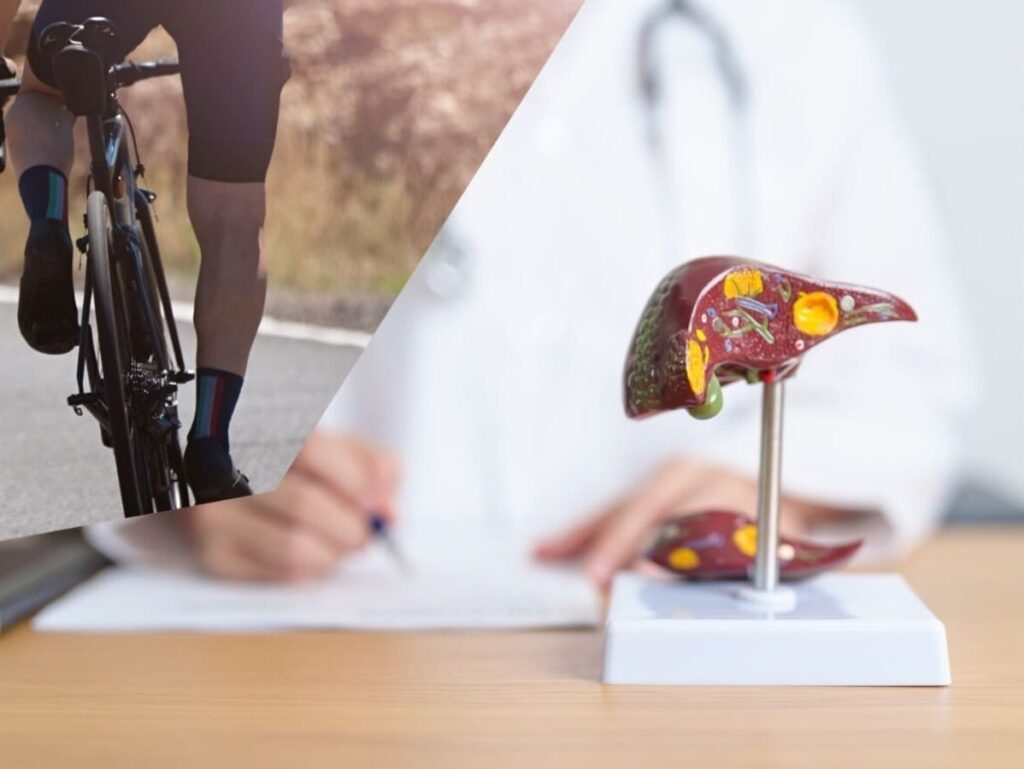Fatty Liver Disease, particularly non-alcoholic fatty liver disease (NAFLD), has emerged as a significant health concern worldwide. As lifestyles become increasingly sedentary and unhealthy eating habits are on the rise, the prevalence of this condition is soaring. NAFLD is characterized by the accumulation of fat in the liver without significant alcohol consumption. This article aims to provide valuable insights into the causes, risks, and effective exercises for managing and reversing the effects of fatty liver disease.
Understanding Non-Alcoholic Fatty Liver Disease
NAFLD is more than just a benign condition; it can lead to serious complications, including liver inflammation, fibrosis, and cirrhosis. The condition is often termed “silent” as it may not present any symptoms in its early stages, leading many individuals to overlook its potential impacts.
Causes of Fatty Liver Disease
The primary causes of NAFLD include:
- Obesity: Excess body weight is a major risk factor, as fat accumulation in the liver is often linked to being overweight.
- Insulin Resistance: Conditions like type 2 diabetes and metabolic syndrome increase the likelihood of developing fatty liver.
- Poor Diet: High intake of sugary foods, refined carbohydrates, and trans fats can elevate fat levels in the liver.
- Lack of Physical Activity: Sedentary lifestyles contribute significantly to the development of fatty liver disease.
Symptoms to Watch For
While many individuals may not show symptoms, some signs can indicate the presence of NAFLD, including:
- Fatigue
- Abdominal discomfort or pain in the upper right quadrant
- Unexplained weight loss
- Elevated liver enzymes in blood tests
The Role of Exercise in Managing Fatty Liver Disease
One of the most effective strategies for combating fatty liver disease is incorporating regular exercise into your routine. A combination of aerobic and resistance training is recommended to promote liver health. Aim for at least 30 minutes of exercise most days of the week.
Recommended Exercises
| Type of Exercise | Description | Duration |
|---|---|---|
| Aerobic Exercise | Activities such as walking, jogging, cycling, or swimming. | 30 minutes daily |
| Strength Training | Weightlifting or body-weight workouts that build muscle mass. | 2-3 times a week |
| Flexibility and Balance | Yoga or Pilates can enhance flexibility and reduce stress. | 1-2 times a week |
Changes in Diet for Better Liver Health
In addition to exercise, dietary management plays a crucial role in managing fatty liver disease. Consider the following dietary recommendations:
- Increase the intake of fruits, vegetables, whole grains, and lean proteins.
- Limit refined carbohydrates and saturated fats.
- Reduce sugar and sodium consumption.
- Stay hydrated by drinking plenty of water.
Conclusion
Non-alcoholic fatty liver disease is an increasingly common condition that requires a proactive approach to management. By understanding its causes and symptoms, and by incorporating regular exercise and a balanced diet, individuals can significantly improve their liver health. Commitment to these lifestyle changes can lead to not only a healthier liver but also overall better wellbeing. If you suspect you might have fatty liver disease, consult a healthcare professional for proper diagnosis and tailored advice.
